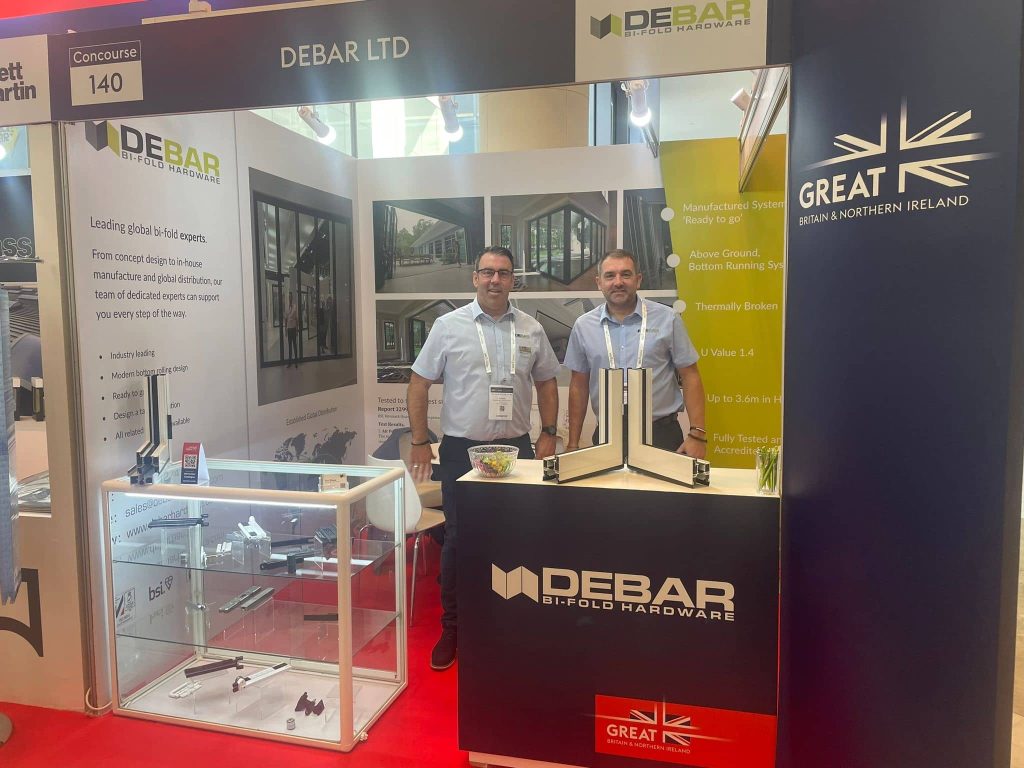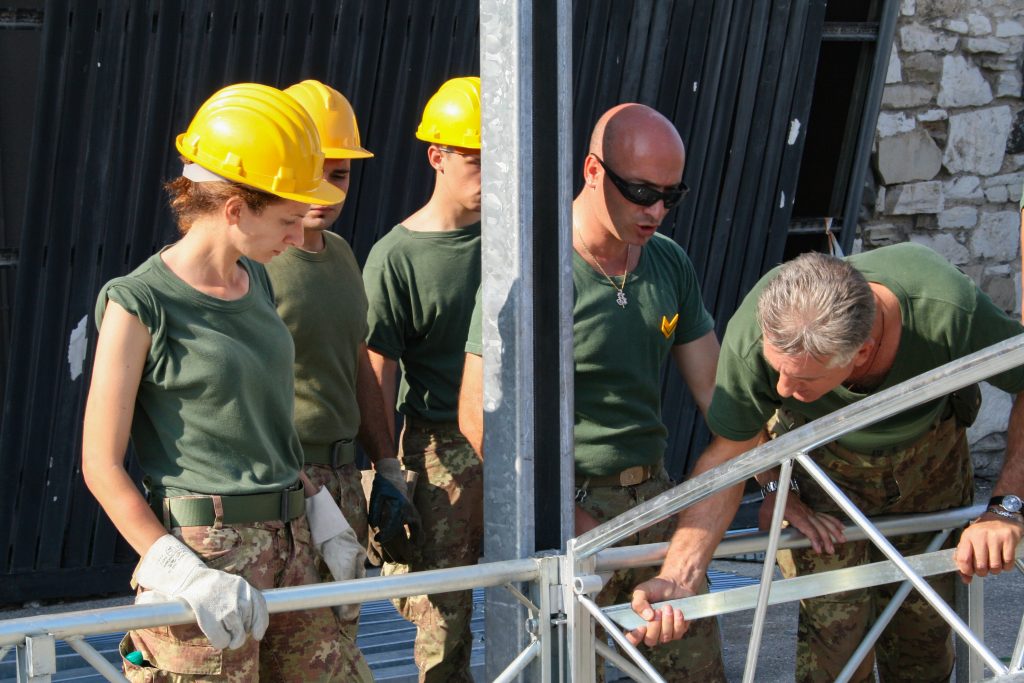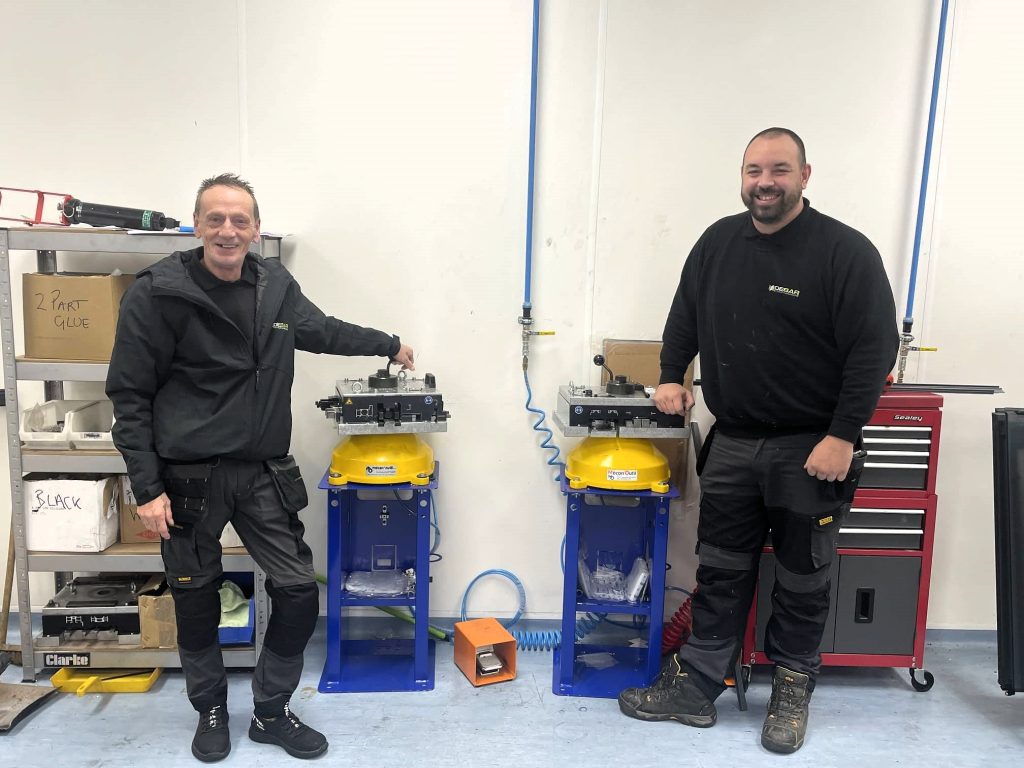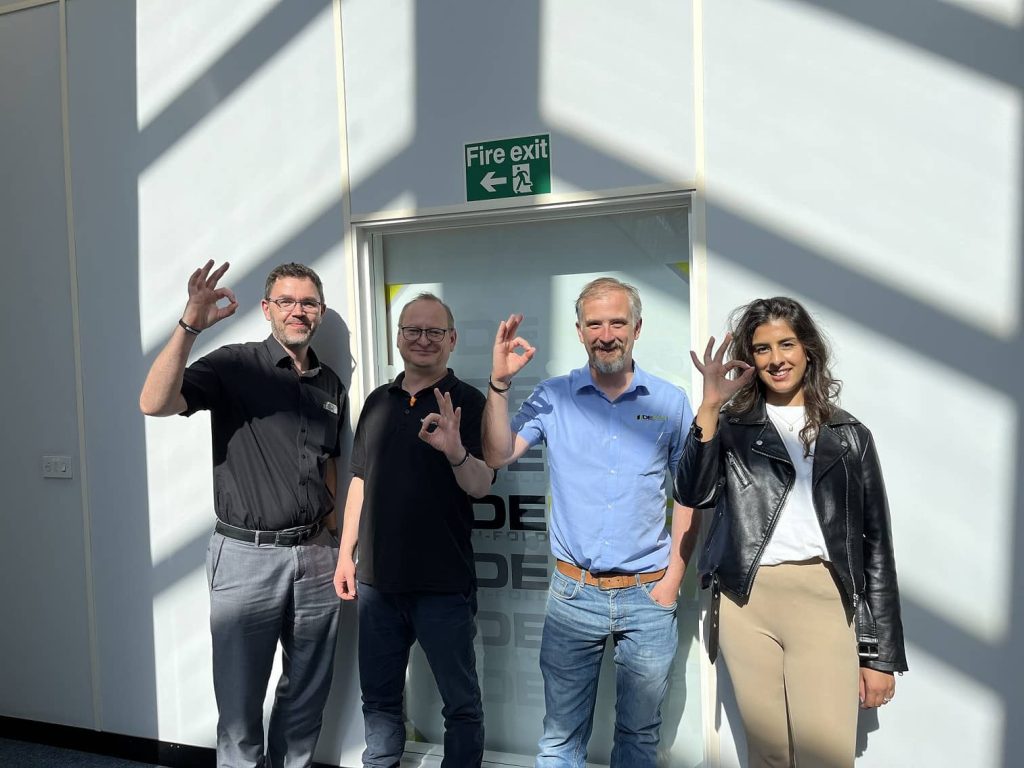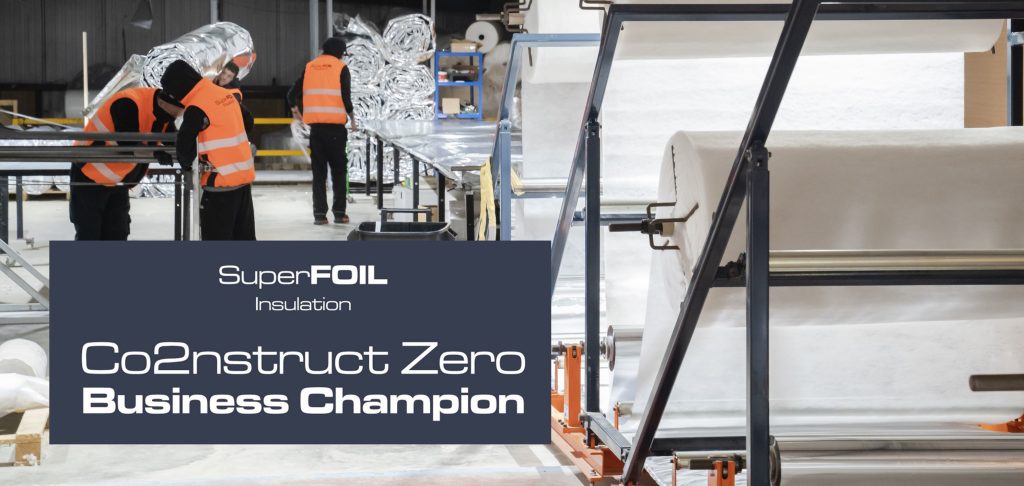Modular is the future – here are some key principles to make it work for you

Mark Worrall, CEO of BBI Services, talks modular – and what the future of construction might look like.
Offsite construction – or as we prefer to call it at BBI, onsite, near-site and off-site – has been quietly revolutionising the way the world’s construction projects operate for years now.
So far, the pace of change has been fairly gradual. It means that, unless you’re intimately involved, some of that is likely to have passed you by.
But in the decade ahead, there’s no way the ongoing modular revolution will go unnoticed. The speed and the extent of that change will dramatically increase – with, for example, some housebuilders predicting that as much as 90% of all construction will be offsite in just five years.
Are you ready for that? Do you know how your organisation will respond? If not, read on, as we tell you more about the shape of construction to come – and how we can help you adapt to it and thrive.
Three crises – one solution
Modular construction has existed for decades. Look at the over 100,000 prefabricated homes built to tackle Britain’s post-war housing shortage, and you see examples of modular building – hardly the image the sector wants to project in 2022, but undeniably quick, easy and efficient to complete, and extremely cost-effective.
Some even argue that the concrete moulds the Romans used to build their aqueducts, or the pre-made timber fortifications William the Conqueror brought over with him from Normandy in 1066, were very early precursors of what we call modular today.
But a thousand years later, what’s driving the rapid ascension of offsite construction now?
Put simply, it provides a solution to three of the biggest problems facing Britain – and societies like it around the world.
The first is the need for increased value for money from client spend, and the demand crisis in sectors like housing, prisons, schools, and hospitals, all of which lend themselves to standardisation and offsite.
The government’s commitment to building 300,000 new homes every year has been around for a while now, but at no stage has it come close to hitting it.
The best we managed before the pandemic arrived was 250,000 houses in a year. That’s led many to argue that traditional bricks-and-mortar construction just isn’t up to providing quality housing on that level in the 2020s – leaving modular as a much quicker, more efficient and higher quality alternative.
That’s mirrored in other sectors, too. We might’ve built one prison – but now we need four. We might’ve been investing in schools, but now that programme needs standardising and scaling up, and so on.
The second is skills. At BBI, we always resist calling it a skills ‘crisis’, because by improving productivity, focusing high skilled labour on value adding and embracing innovation, we can tackle it – but the hard facts are that Britain’s workforce is aging.
More than 30% of the workforce is aged over 50, and more than 10% is aged over 60 – meaning that in the coming decade, thousands of the sector’s most talented, experienced employees are likely to retire.
And the third – arguably the biggest of all – is climate change. Construction is under huge pressure to become drastically more sustainable, and play its part in helping Britain hit its net zero targets.
Avoiding lift and shift
Modular offers a way around these obstacles. With a fixed workforce all in one place, it can offer unparalleled quality, productivity and efficiency.
But the general understanding of modular is often quite simplistic. This is why, at BBI, we prefer to talk about onsite, near-site and offsite.
Modular isn’t black-and-white. It’s unlikely that 100% of all the processes that go into making a modern building will ever be done in a distant factory.
It’s much more probable that the construction of the future will be delivered through a mixture of different techniques – some of which take place in a factory, some near-site in ‘pop up’ factories and some onsite.
You can employ modularisation on a building site. Increasingly, companies are also embracing near-site – by installing temporary pop-up factories close by a project location, building what needs to be built, then disassembling them and moving on again.
It’s a similar principle to the automotive parks that do late configuration or difficult manufacture, like bumpers, close to the end assembly facility.
These are important distinctions, because one of the risks of an over-simplistic understanding of modular is what we call ‘lift and shift’.
We’ve come across companies who are extremely excited by the potential of modular – in fact, they’re so excited by it, that they’ve taken every aspect of what they do and moved it into a factory.
But that’s not modular. Taking some builders out of a muddy field and putting them in a warehouse isn’t going to revolutionise the way you operate – in fact, it could be more dysfunctional than what you were doing before.
Onsite, near-site and offsite
You can’t have the mindset of ‘everything has to go into the factory’. That won’t work. Instead, your starting point has to be ‘what will have the biggest impact if we move it into the factory?’
In construction, we often talk about runners, repeaters, strangers and aliens – both in terms of projects, and of packages and systems.
Runners are really your bread and butter – the things you do very frequently, are extremely predictable, and easy to complete. These are perfect candidates for modularisation.
Repeaters are less frequent and efficient – and strangers are highly customised and labour and material-intensive. These tasks are much harder to modularise.
It’s predicted that we’ll see construction continue to follow the example of sectors like automotive, aerospace and manufacturing in classifying the key ingredients that go into a particular project as asset types and platform components.
Volkswagen, Audi, Skoda and SEAT are all part of the same group – and despite the wildly differing perceptions of the individual brands, all their cars are based on the same core system.
A lot more bells and whistles will be added to that system on the average Audi compared to the average Skoda, of course, but the underlying technology is essentially the same.
That’s a model that is already taking grip in construction – core modularised ‘units’ that can be quickly and efficiently manufactured in factory conditions, that are then further customised depending on the type of development, the price-point they’re intended to sit at, and the preferences of the customer.
The benefits case
When it comes to modular, you have to look at calculating the costs and value implications and benefits differently – is it truly more expensive?
Taking a more end to end view of the impacts of offsite and modular on programme, quality, and productivity is key, rather than the specific cost of an individual product.
Get fit for the future
Modular is an approach that has the potential to revolutionise global construction. However as we have mentioned, this transformation provides an opportunity.
We need to challenge our existing processes, and physical and information flows, to streamline and rationalise them before replicating them elsewhere. At BBI, that’s one of our core specialisms – defining and transforming them into an improved future state. So are you ready for the challenge?
We can support this transformation, and equip you with the tools, the skills and the mindset required to thrive in the modular future.
Our tried-and-tested manufacturing systems, supply chain development strategies, new product introduction methodologies and more will transform the way you operate.
Interested in learning more? Call 01608 664589 today.
To find out more about how you can make a real difference to how your business and team operates visit: www.bbiservices.com















